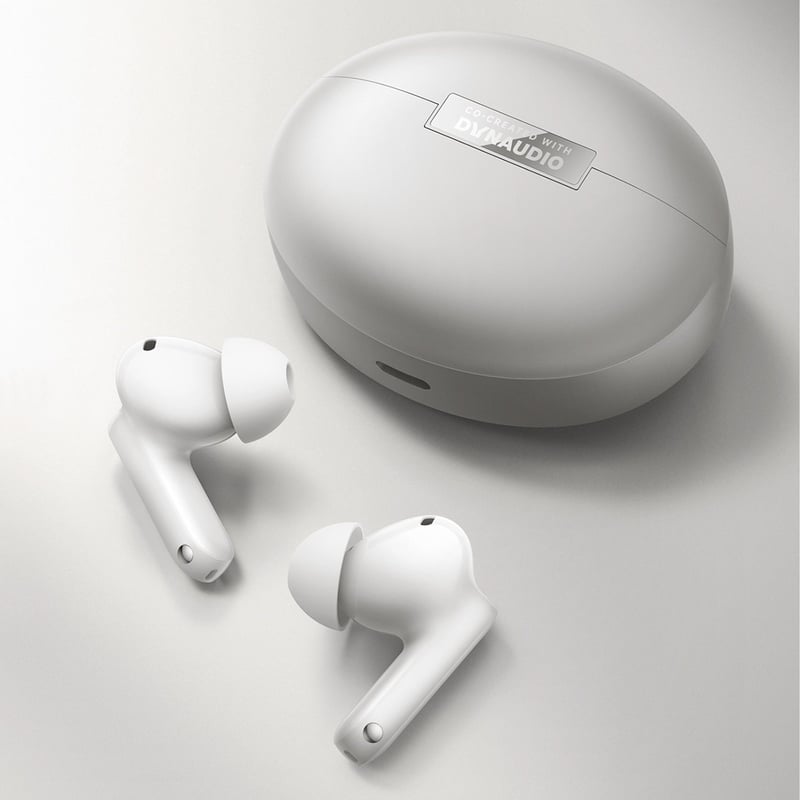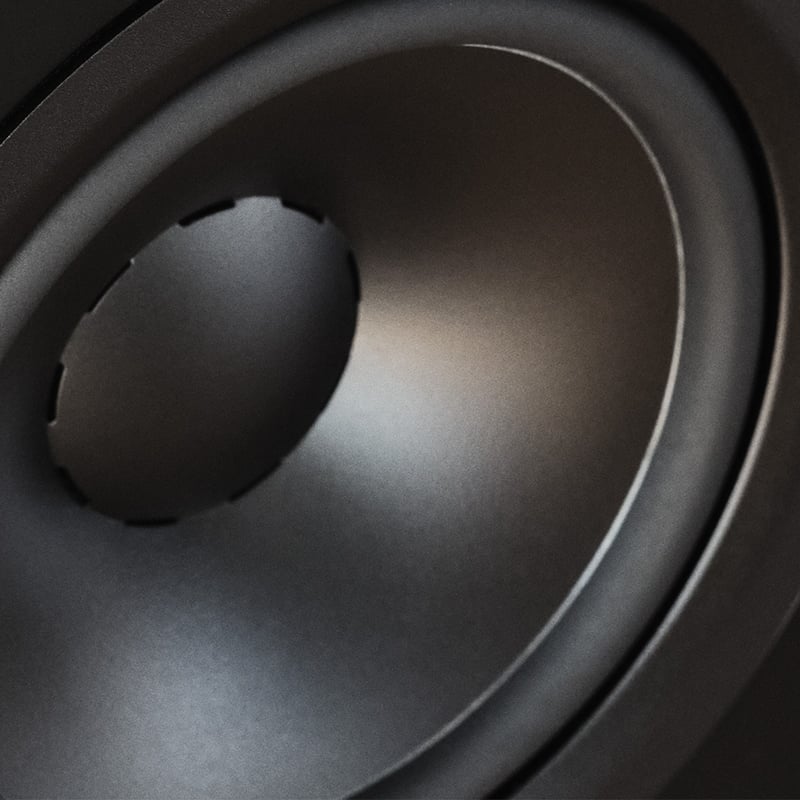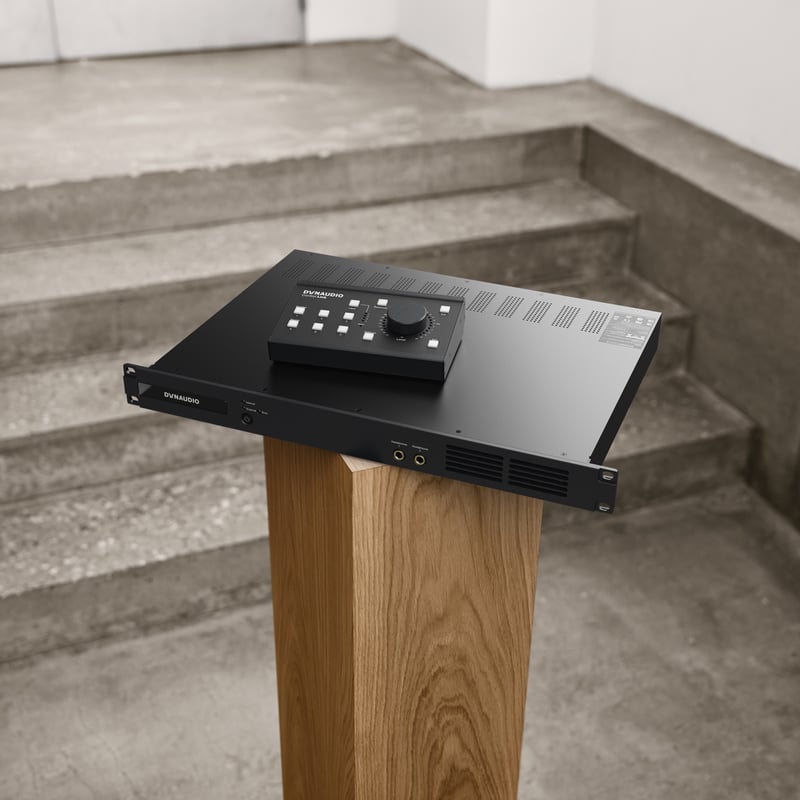But lets rewind for a second and learn a bit more about how Mark got started in music. Initially, he started as a classically trained trumpet player and played with the San Francisco and Oakland Symphonies for a number of years. Later, though, his focus shifted towards jazz and pop/rock acts: “I discovered jazz along the way and was mentored by John Cappola for many years. He was absolutely one of the best teachers I’ve ever experienced and really contributed to my overall sense of musicianship as well,” Mark shares.
“I also worked with many pop and rock acts during that period, including Carlos Santana, Boss Scaggs and Jerry Garcia. For 6 years, I played with and arranged for Van Morrison, making six records with him and touring all over the world. My jazz career included stints with Horace Silver, Charles Lloyd, Art Lande and many other great musicians of the San Francisco Bay Area. And eventually, I started a band called Group 87 with whom I went on to record 2 albums. Soon after that I embarked on a solo career with Windham Hill Records and made a number of records for them. So yes, it all started with simply playing as much music as I possibly could.”
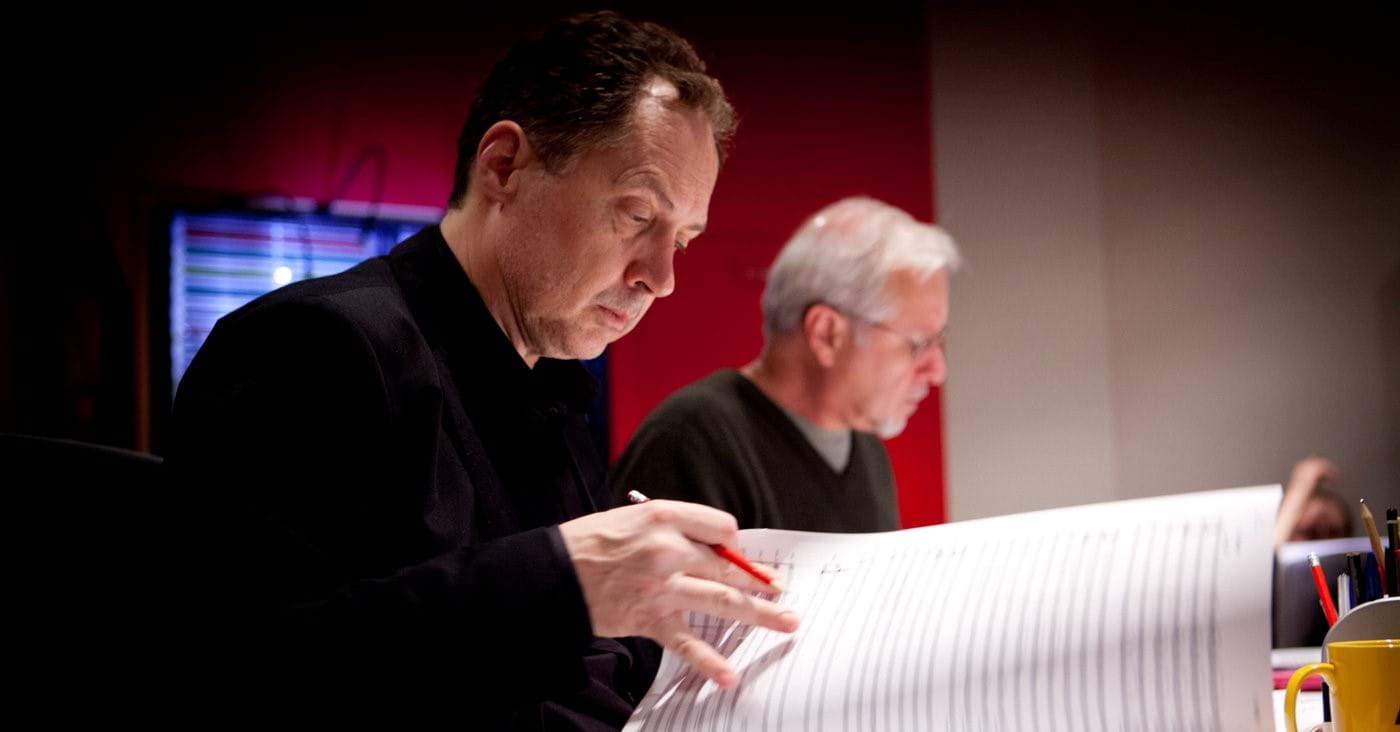
I really enjoy the BM5s as they give me the full sound I need, but are not fatiguing in the slightest. I can work long hours, days if I must, and still I feel that my ears are really fresh at the end of the day.
Mark Isham,
Moving on to Movies
But how does one come from playing, recording and touring to get into composing for cinema and television, we wondered. “Well, it was during this time that I was offered my first film scoring assignment by Carrol Ballard, the fabulous director from San Francisco who had heard some of my music. He approached me and offered me a chance to audition. I must have impressed him as he ended up hiring me. I then spent the next couple of months working harder than I’ve ever worked before, basically learning on the job on the fly. But I seemed to have an aptitude for scoring pictures even though I had no training in it. And with Carrol’s help and guidance, I came out with a score that both he and I were very, very proud of. That was back in 1984 and I have actually been working in Film & TV ever since.”
However, there is also time for working with other musicians once in a shile in between film gigs. “I’ve had the opportunity to continue to collaborate with other interesting people including Joni Mitchell with whom I’ve done a number of records and toured with. I’ve also arranged for Robbie Robertson, Tanita Tikaram, and I’m currently writing songs with the fabulous Caroline Polachek for her new release, along with a special instrumental track for Joe Perry, the amazing guitarist of Aerosmith.”
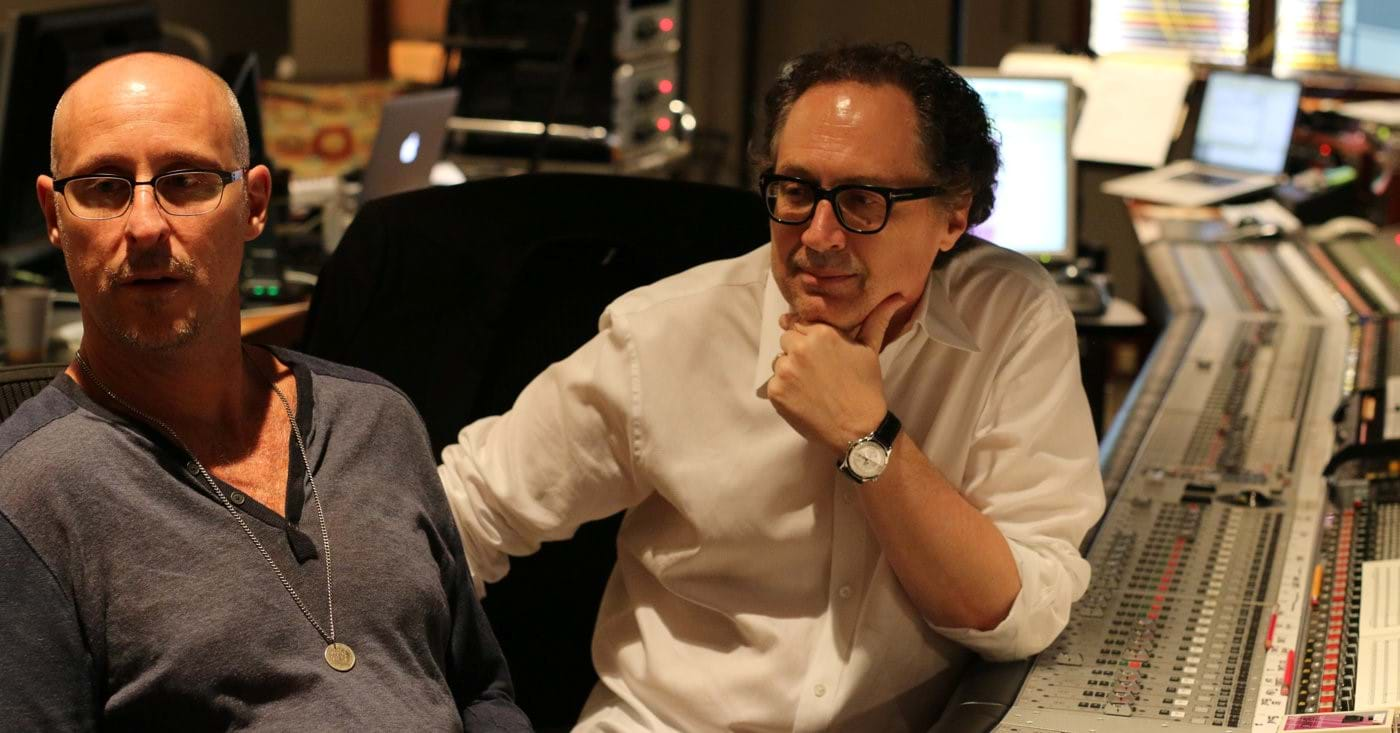
Collaborating with Visuals
We were also curious to learn more about what it is like to work with music in this context where there is another dimension that it needs to fit into as well. And where a director also have opinons on the audible side of his production. “Film is definitely a collaborative process. It is one in which the film itself is 'the boss'. All energies go to making the film a better work itself. So the relationship with the director, who is most of the time the 'captain of the ship', is of crucial importance. You need to be able to communicate well, understand their ideas exactly, being able to duplicate what their needs and wants are and being able to supply it. I try not to allow any compromises, so to speak, in this process. I’ve trained my self to just keep working, knowing that there is indeed a solution that will satisfy the film, the filmmakers and myself.
From a practical point of view, the process starts off with looking at the film and discussing what is needed and wanted. Usually there is a temporary score of music -previously recorded music – either of mine or of others – that has been put into the film and this will give some guidelines as to what sort of music is working. A temp can be very valuable in making some very broad-stroke decisions: Do you want a orchestral score, an electronic score, a pop-driven or song driven score, etc.? But it can be a bit of a challenge when a person falls in love with a particular piece of music and ‘nothing else will do!’ So temp music is a tool that is best used judiciously and understood well.
The most important thing to always be aware of is that you’re telling a story.
Mark Isham,
After spotting the film, which is the process of deciding when the music starts, when it stops, what it’s purpose is, and what each piece of music should bring to the scene that it’s accompanying, I’ll go away for a number of weeks, develop basic sounds, basic themes, basic ideas, moods, atmospheres, textures. I’ll then ask the filmmakers to come to the studio where I can present these ideas in a way that I know they are hearing it exactly as I want them to hear it. Based on this initial meeting we will have a good idea where we stand, creatively, and from there on in hopefully things will go smoothly.
I demo every single cue so filmmakers know exactly what they are getting, and of course modern technology today allows this to be done at a very high level. If the score is to have recorded acoustic elements, once the demos are signed off on, we go into a mode where the music is transcribed for the acoustic ensembles, then is orchestrated, copied out and we book a recording session. This is still one of my favourite times of the process, as there is nothing quite like the rush of hearing your music played by a great ensemble. Then all the elements of the score are assembled together and are mixed in the form required by the dubbing engineers, the engineers who mix the music, effects and dialog together."
The Studio. The Workspace.
A composers studio is his workshop, so we also wanted to dig a bit into the tools Mark uses when creating his scores. “I have a smaller studio where I record. We are set up to record pretty much anything electronic, and small ensembles. I’ve done a string quartet here, a brass quartet – things like that. But when the opportunity to record an orchestra arises we go to one of fabulous studios that are available out there.
I terms of equipment, I’m a Logic user and I’m still holding on to Logic 9, although the writing is on the wall and I’m going to have to move on to Logic 10 before the end of the year. I currently have 5 Mac computers rig. One is for Logic, one is for Pro Tools and three others are running various Vienna (Sample library, ed.) configurations to hold all the samples. I have an old M-Audio keyboard, which I’ve had for years and still love. In terms of plug-ins, I use UAD plug-ins quite a lot and have the full-blown system on both the Logic and Pro Tools side. Some years ago, I was fortunate enough to pick up a EUPHONICS console, which I still have and love. It’s got all the analogue inputs I could ever need, as I do record some live jazz bands in this room from time to time. And I can put all of my analogue synth collection through the console at once if I have to."
I’ve trained my self to just keep working, knowing that there is indeed a solution that will satisfy the film, the filmmakers and myself.
Mark Isham,
The Monitors
Monitoring systems are of course central – to us as well as Mark. “When it comes to studio monitors, the Dynaudio BM5 have been the backbone of my monitoring system for 5 or 6 years now. I really enjoy them as they give me the full sound I need, but are not fatiguing in the slightest. I can work long hours, days if I must, and still I feel that my ears are really fresh at the end of the day.
The BM5’s were recommended to me. They were recommended highly. Usually, I find that it’s hard for me to make a snap decision about speakers. I need to put them in and live with them for a while, but the BM5’s just never left once they were in the studio. The imaging is great! I can sense the space of the music extremely well and that is essential for film music.”
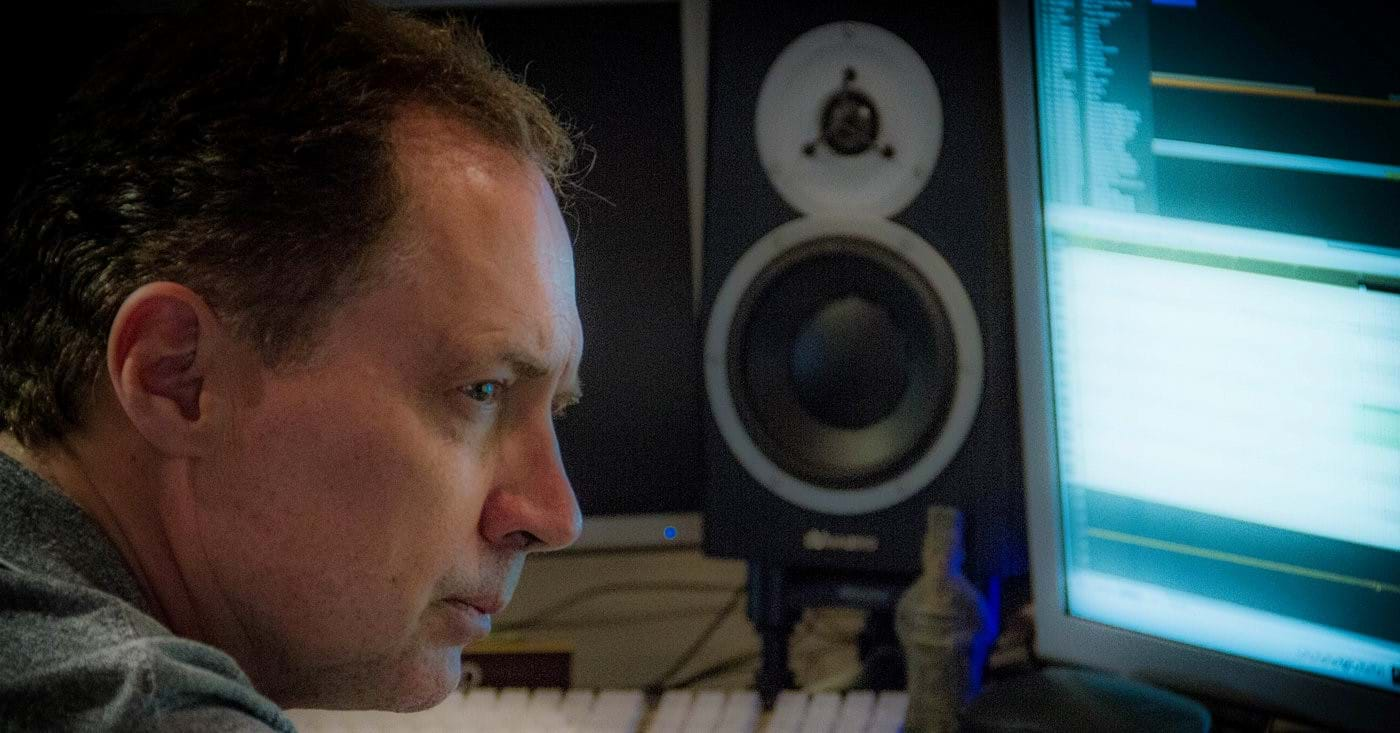
The BM5's imaging is great! I can sense the space of the music extremely well and that is essential for film music.
Mark Isham,
Mark also has a pair of our new LYD 5 studio monitors that he uses when traveling. For instance if he has to work from a rented apartment or similar for a certain period of time, they are very suitable for his portable composing rig. "The new LYD 5 monitors that I got recently also fit right in. They have a slightly smaller footprint, which is great for traveling, but offers the same music qualities that I really enjoy,” says Mark.
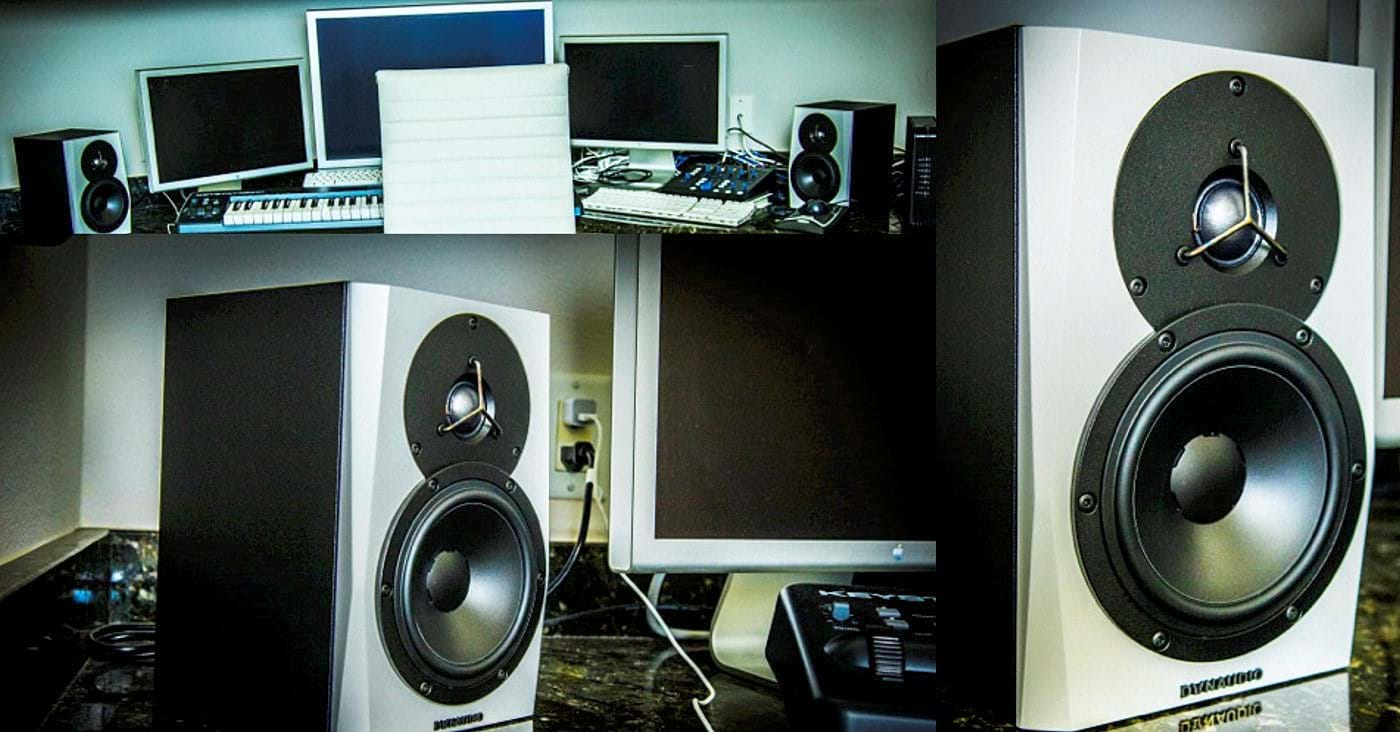
Tips for Future Film Composers
As we have learned, Mark had to build the plane as he was flying, so we asked him to share a few tips on what to be aware of and keep in mind when you work with film music. The advices that he might have wished he was given back in the day. “Well, the most important thing to always be aware of is that you’re telling a story. It’s very easy to get swept away when you’re writing a piece of music and think only about the music, which of course you have to do as well, but that music has to enhance the story that the filmmaker is trying to tell. It has to enhance that story, give undercurrents, foreshadowing, juxtapositions and subtle nuances. Simply strengthen the story in every possible way. And as long as the filmmaker sees that his story is being told better, understood better, being enjoyed better by the audience then he will be happy. And if you can make great music at the same time as doing that then you will be happy. And that is ultimately my goal every time.
A concrete advice for young composers is simply to compose! Don’t sit around waiting to be asked to compose. Compose. Write music, present your music, put it on YouTube, put it up anywhere you can. Produce and present your music. At some point someone will hear it and give you the opportunity you need. So, love what you do and compose!”
Don’t sit around waiting to be asked to compose. Compose. Write music. Produce music and present your music.
Mark Isham,
That sure sounds like great advice to us! And we guess it applies to most aspects of making your own music, whether it’s electronic music, rock’n’roll, for film, commercials, gaming or whatever. Keeping at it and putting it out there to be discovered by new audiences or potential customers is probably a great approach no matter what the territory.
Why not wrap up this chat with Mark with a few snippets of his music taken from some of the films he refers to as his own Top 3!
Sign up to get more great articles
Nothing compares to the satisfaction of knowing – for a fact – that something is as good as it gets



